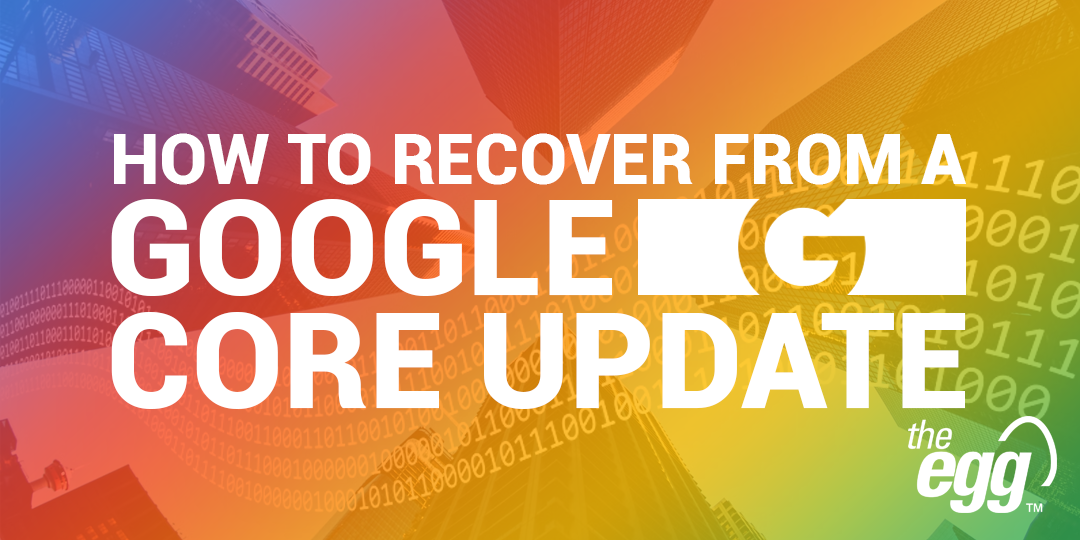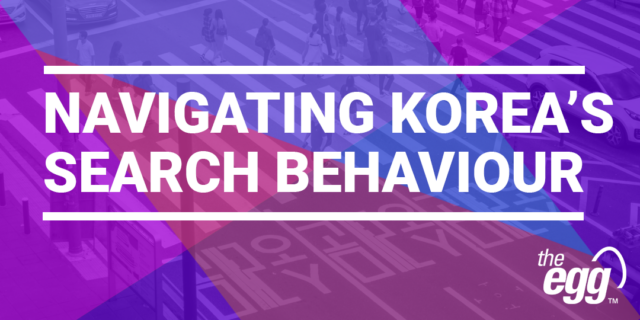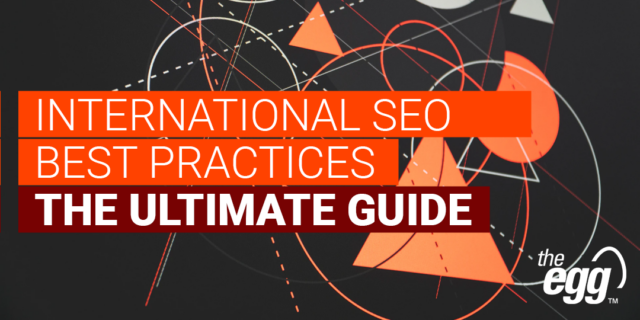3 Tips to Recover From a Google Core Update [2022 Edition]
The latest Google core update was only recently released in September 2022 after taking two weeks to completely roll out. Core updates modify parts of Google’s search algorithm to improve its delivery of search results across multiple languages and regions.
But after each core update, as in the previous one in May 2022, search results across multiple categories and industries tend to be volatile—bringing new opportunities for your site to either rank higher or drop in rankings.
Imagine this: You spend considerable time and effort improving your website’s SEO to get it to rank on the first page of Google’s search engine result page (SERP) for your target keyword—and it does! But no less than a month later, it drops to the second or third SERP after the rollout of Google’s core update. What, as an SEO, would you make of this?
The truth is Google rarely provides actionable tips for what you should do to recover from a core update. It also reassures those impacted have nothing wrong to fix. But the next best thing you could do is to update your content based on Google’s content best practices while staying up to par with its recent focus on—and rewarding of—”people-first” content.
Are you worried about how Google’s latest core update might affect your site ranking? Here are three tips to optimize your content for it.
Google’s Core Update (Sep 2022): What has changed?
Unfortunately, Google often does not disclose how each core update will change the algorithm or impact search results. Generally, these broad updates are released around four times a year and don’t target a specific issue or problem.
Nonetheless, Google has used an analogy of “a top 100 movies list” to explain what a core update does.
Envision a list of the top 100 films: After a while, and as tastes alter, it will naturally change with the inclusion of new ones that hadn’t existed before or deserving ones that were overlooked before but reassessed for inclusion. What Google is explaining here is that any film (or, in our context, search result) previously higher on the list that moves down isn’t bad by any means—it is simply making way for more deserving films coming before them.
But to prepare for each core update and avoid being negatively impacted as much as possible, be sure to align your content with Google’s content quality best practices, which are framed using the following questions:
- Does your headline and page title match the page’s content?
- Does your headline and page title avoid being exaggerated or shocking in nature?
- Does your content provide original information, reporting, research, or analysis?
- Does your content provide a substantial, complete, or comprehensive description of the topic?
- If your content refers to external sources, does it avoid copying or rewriting those sources and instead provide substantial additional value and originality?
WANT DIGITAL INSIGHTS STRAIGHT TO YOUR INBOX?
3 Tips to Optimize for Google’s Core Update
Based on the guiding questions above, here are three tips to optimize your content for Google’s core update and do what you can to maintain your high ranking or prevent it from dropping.
Tip #1: Improve Content Relevancy and Site Authority
Perhaps the most pertinent factors to consider when creating content on Google are page relevancy and site authority, so ensure you provide more relevant and concise answers to queries that users might search before arriving at your site.
For example, try summarizing the main takeaways or providing your answer to a question in your page title at the beginning of your content to keep your readers hooked right off the bat. Then, use the remaining paragraphs to present and elaborate the bulk of the information relating to your topic.
To increase your site authority, provide original, well-researched information and analysis. Similarly, regularly audit your site to remove low-quality links and incorporate authority links and citations from popular, trusted websites.
Tip #2: Update Your Content
For over a decade now, Google has used its search index Caffeine to index and rank pages based on freshness, which has been one of the key ranking factors utilized by its algorithm.
However, a “fresh” page doesn’t have to be an entirely new page with a unique URL. Instead, they can comprise older pages that you have modified with up-to-date information. Optimizing your existing content is not only time-effective but can keep your SEO up-to-date, maximize your content reach, and improve the overall content maturity of your website.
After all, your target audience (and not to mention Google’s crawler) will likely visit your older pages well after they were published—if outdated and unoptimized, they are likely hurting your potential to rank higher on Google.
Tip #3: Ensure Your Content is “People-First”
As recently as September 2022, Google completed rolling out its Helpful Content update across its English-language searches worldwide, which aimed to better direct users to webpages with more original, helpful content written by people for people rather than search engines.
Thus, it could very well be that Google’s latest core update serves to amplify the effects of the Helpful Content update. After all, virtually all of Google’s updates seek to improve user experience and deliver search results to better fulfill user search needs.
In line with Google’s “people-first” content best practices, consider:
- Removing webpages from your site that attract low or even no traffic (Low-quality pages constitute unhelpful content)
- Tailoring your content more to your niche (Irrelevant topic coverage or keyword stuffing to exploit higher search volumes constitutes unhelpful content)
- Adding more original value to your content (Plagiarized or duplicate content constitutes unhelpful content)
***
Ultimately, when experiencing any sudden drop in your page ranking, don’t panic—changes in rankings might only be temporary and can still fluctuate. Instead, remain calm and incorporate changes to your site gradually based on the tips above—all SEO efforts take time to develop and deliver results.
And as with all of Google’s updates, remember to observe upcoming announcements while it continues fine-tuning its ranking signals across different regions and languages.






